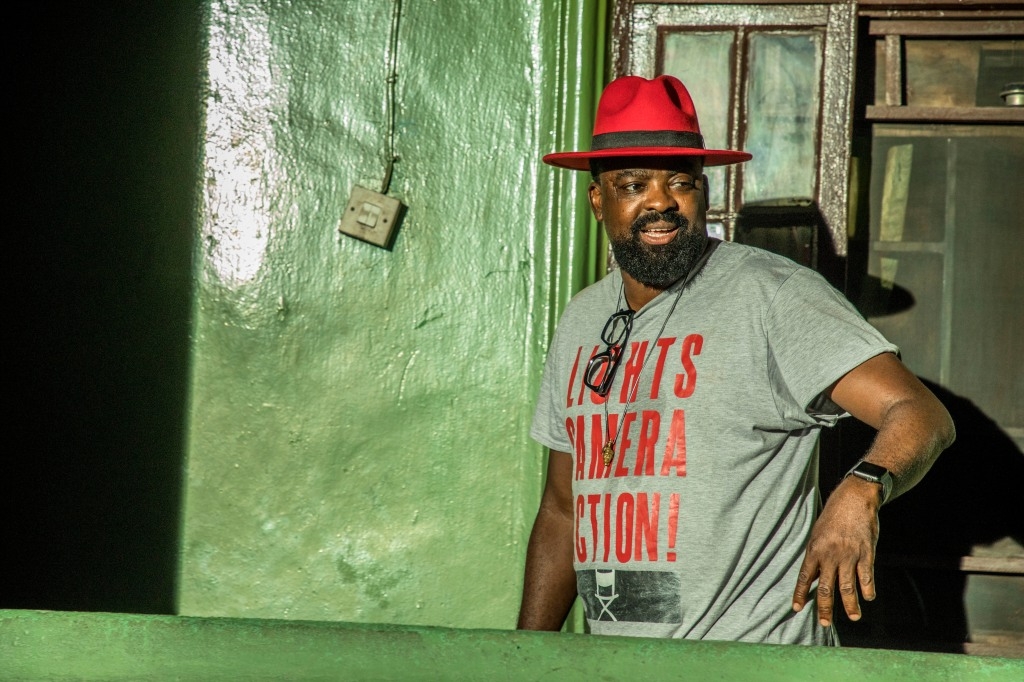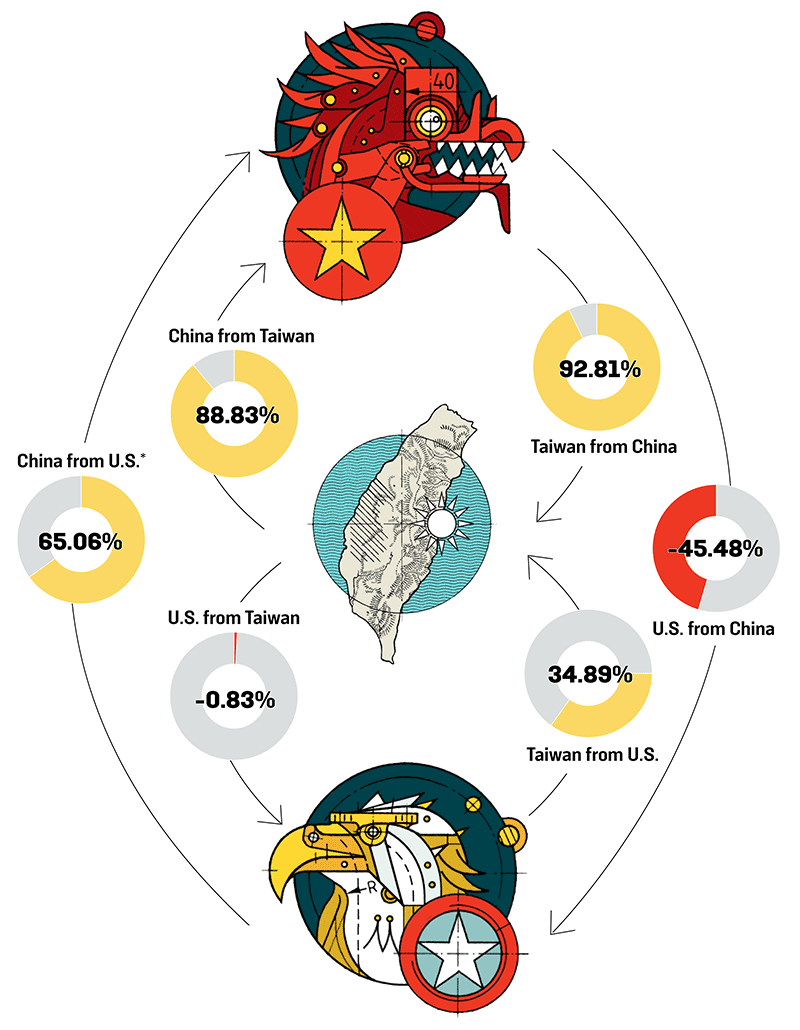The US-Africa Leaders Summit took place from December 13-15, 2022 in Washington DC, and featured high-level talks between government, private sector engagements, and resulted in a number of trade-related outcomes indicating improved trade and investment ties between the United States and African countries. While not explicitly addressed in the public parts of the meetings, China’s massive investment in African industrial and digital infrastructure provided a pointed subtext to US economic overtures.
The segment of the Summit focused on the private sector – the US-Africa Business Forum – was characterized by announcements of new investments and initiatives totaling US $15.7 billion. Other trade and investment related announcements at the Summit included:
It was also announced that President Biden, US Trade Representative Tai, and other key US officials will travel to Africa in 2023, in order to sustain the momentum of the Summit.
African Continental Free Trade Area
On December 14, USTR Tai signed an MOU with the AfCFTA Secretariat. The three-year MOU establishes an annual high-level engagement between the United States and the AfCFTA Secretariat, as well as regular meetings of technical working groups “to exchange information on best practices and have a dialogue open to improve the relationship between the United States. See the article : Statement by President Biden at the US-Africa Summit. and the AfCFTA Secretariat, AfCFTA member states, and related stakeholders.” The MOU states that areas of cooperation “may include” trade facilitation, digital trade, and development of – the regional value chain.
The AfCFTA officially began in early 2021, as participating member states established a single market covering both trade and investment with a combined GDP of $3.4 trillion. The AfCFTA aims to eliminate tariffs on 90% of intra-African trade in goods, reduce non-tariff barriers, liberalize trade in services, develop mutual recognition of standards, promote inclusive development and sustainable, and facilitates the movement of capital and people between countries. The agreement is structured in stages, meaning it will evolve over time (further negotiations are planned in areas such as competition policy, investment, intellectual property rights and e-commerce). The AfCFTA incorporates and builds on WTO agreements and disciplines, which is important, because 11 members of the African Union are not yet members of the WTO. Once fully implemented, the AfCFTA has the potential over time to increase intra-African trade by 52.3%, according to the UN Economic Commission for Africa (UNECA).
Fifty-four of the 55 member states of the African Union have signed the AfCFTA (Eritrea is not a signatory). In October 2022, 44 of the 54 signatories (81.5%) deposited their AfCFTA ratification instruments (ordered by date): Ghana, Kenya, Rwanda, Niger, Chad , Eswatini, Guinea, Ivory Coast, Mali, Namibia, South Africa, Congo, Rep., Djibouti, Mauritania, Uganda, Senegal, Togo, Egypt, Ethiopia, Gambia, Sahrawi Arab Democratic Rep., Sierra Leone, Zimbabwe, Burkina Faso, São Tomé andamp; Príncipe, Equatorial Guinea, Gabon, Mauritius, Rep. Central African, Angola, Lesotho, Tunisia, Cameroon, Nigeria, Malawi, Zambia, Algeria, Burundi, Seychelles, Tanzania, Cabo Verde, Democratic Republic of Congo, Morocco, and Guinea-Bissau.1
Outlook
There is a recognition among US policy makers that the US is not immediately well positioned to challenge China’s economic dominance in Africa. While the commitments announced during the Summit – which, in addition to initiatives led by the private sector, include $55 billion from the US government for a range of initiatives – represent a renewed focus on trade and investment between the -The United States and Africa, the American government has been careful not to explicitly compare its approach with that of China. For example, at a pre-Summit press conference, National Security Adviser Jake Sullivan responded to a question about China-Africa relations by saying: “It’s going to be about what we can offer. .. It’s not going to be about other countries. To see also : Is the United States in a state of irremediable decline? – Analyses. It’s not going to be trying to compare and contrast.” The Chinese government was not so tricky. On December 14, the Spokesman of the Ministry of Foreign Affairs of China stated that “Africa is not a place of struggle for the rivalry of major countries, and less a target of strong tactics than certain country or certain people.”
Before the Summit, US Deputy Secretary of Commerce Don Graves acknowledged that China was the largest investor in Africa, and that the US “took our eye off the ball, so to speak , and US investors and companies are having to cope.” The level of follow-up engagement after the Summit will help determine whether that dynamic will change.
The United States has focused its economic muscle towards the Indo-Pacific – another arena with clear implications for the US-China relationship – first through the Trans-Pacific Partnership, and currently through of the emerging Indo-Pacific Economic Framework for Prosperity (IPEF), perhaps to the detriment of other relationships. Whether the United States has indeed taken its “eye on the ball” in relation to Africa, the government used the US-Africa Leaders Summit as an occasion to demonstrate a new level of focus and a commitment to strengthen the economic relationship.
Click here for the White House press release.
1 AfCFTA ratification status, The Trade Law Center NPC (tralac), October 8, 2022, available here.
noun 1. or Dark Continent : the continent of Africa. It was by the most whimsical of fortune that they went to the west coast of Africa, instead of to Zanzibar on the opposite side of the dark continent.
Is Africa bigger than China?
Indeed, Africa is 3 times bigger than China. China is the third (or fourth largest, depending on the definition) country in the world with an area of 6. To see also : US warship sails through sensitive Taiwan Strait; China got angry.4% of the world’s total.
Which country is bigger than Africa?
Which one is bigger Russia or Africa?
Africa is 1.77 times larger than Russia The continent includes Madagascar and several archipelagos. Algeria is Africa’s largest country by area, and Nigeria is the largest by population. Russia, or the Russian Federation, is a transcontinental country located in Eastern Europe and Northern Asia.
Is China more populated than Africa?
In fact, the population of China is greater than the entire population of Europe (744 million) or the Americas (1.04 billion) and roughly equivalent to that of all the nations in Africa (1.427 billion) .
How many countries are in Africa 2022?
Today there are 54 countries in Africa, according to the United Nations.
How many people are there in Africa in 2022? As of 2022, Africa’s total population would amount to just over 1.4 billion.
What is the biggest country in Africa 2022?
Algeria is the largest nation in Africa by area. It is the tenth largest country in the world. About 90 percent of Algeria is desert.
What is the 55th country in Africa?
55. Western Sahara. Western Sahara or the Sahrawi Arab Democratic Republic is recognized by the African Union but not by the people in the UN.
Why was Africa also known as the Dark continent?
Africa was called the dark continent because of the obstacles encountered while trying to explore its interior. The rim of the continent’s plateau extends to the coast and to the north, the Sahara Desert was a formidable barrier to reaching the interior.
When was Africa called the Dark continent? Henry Stanley named Africa âThe Dark Continentâ in his 1878 travelogue, where he remarked that it was little known. Only 7 years later, the Congress of Berlin felt obliged to divide the darkness into convenient pieces for the pleasure and profit of the European powers.
How many languages in Africa?
With anywhere between 1000 and 2000 languages, Africa is home to about a third of the world’s languages. The diversity of Africa’s languages is evidenced by their populations. In total, there are at least 75 languages in Africa that have over a million speakers.
How many languages are there in Africa 2022? Africa is a continent with a very high linguistic diversity, there are about 1500-2000 African languages.
What are the 11 official languages of Africa?
The Constitution of South Africa recognizes 11 official languages: Sepedi (also known as Sesotho sa Leboa), Sesotho, Setswana, siSwati, Tshivenda, Xitsonga, Afrikaans, English, isiNdebele, isiXhosa and isiZulu. For centuries the official languages of South Africa were European – Dutch, English, Afrikaans.
What are the 5 main languages in Africa?
- Arabic. Number of native speakers: 150 million in Africa, 280 million worldwide. …
- English. Number of speakers in Africa: 6.5 million native speakers, a total of 130 million speakers. …
- French. Number of speakers in Africa: 115 million total. …
- Swahili …
- Hausa.




